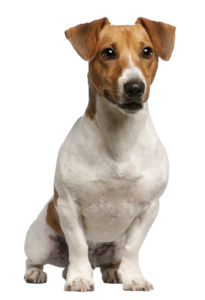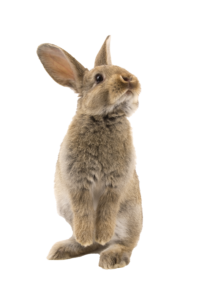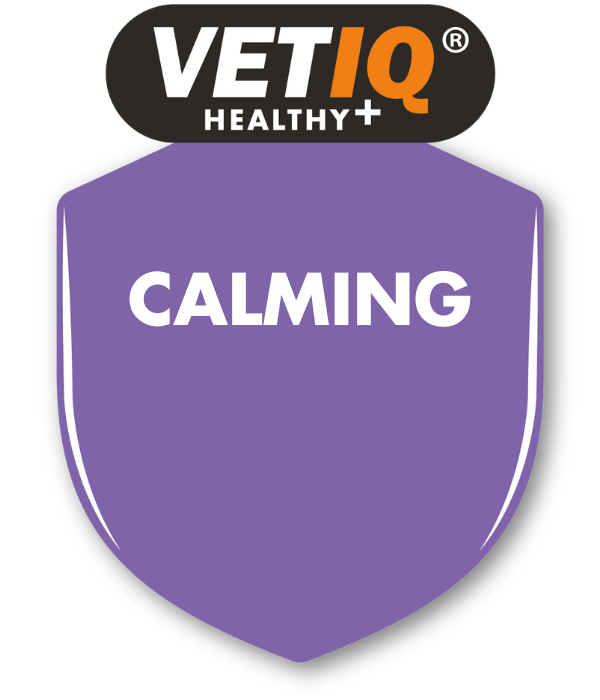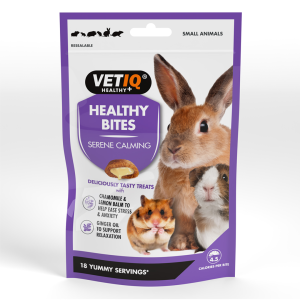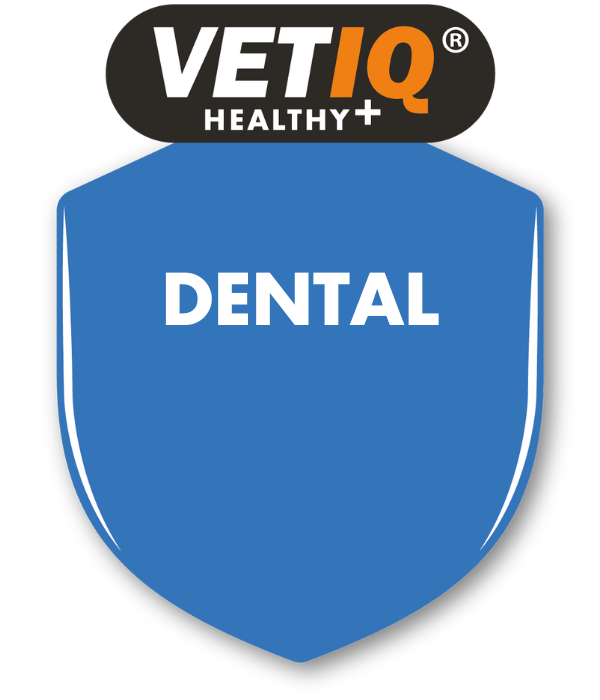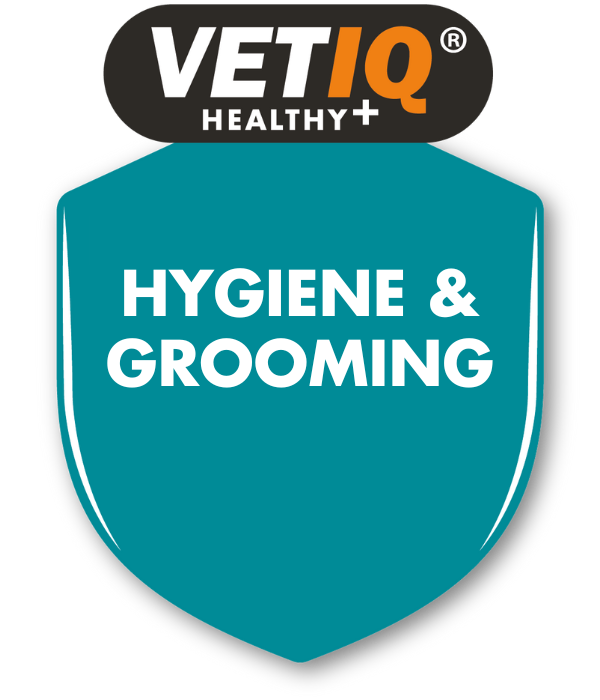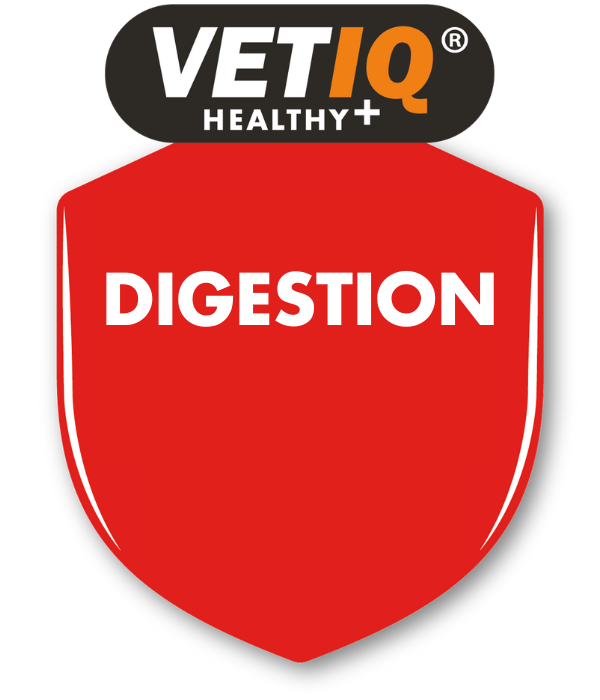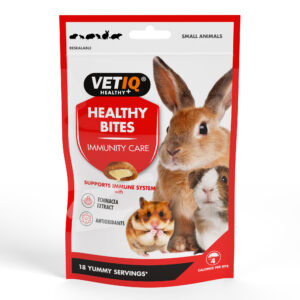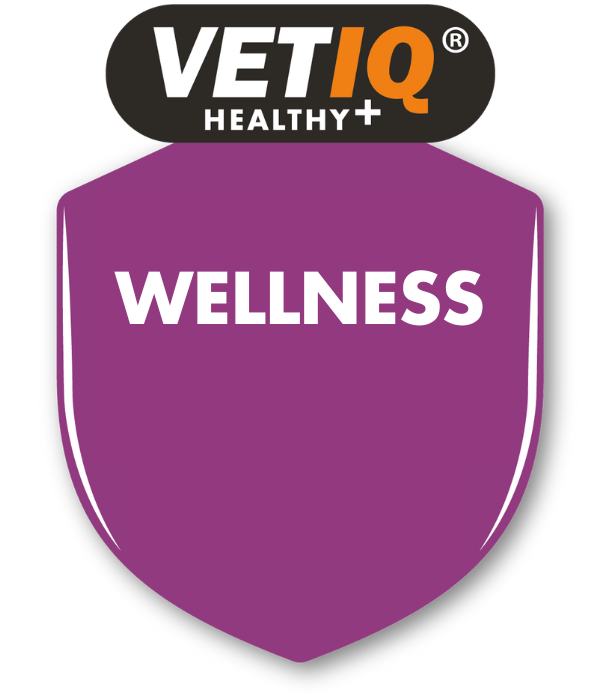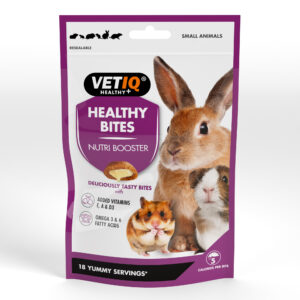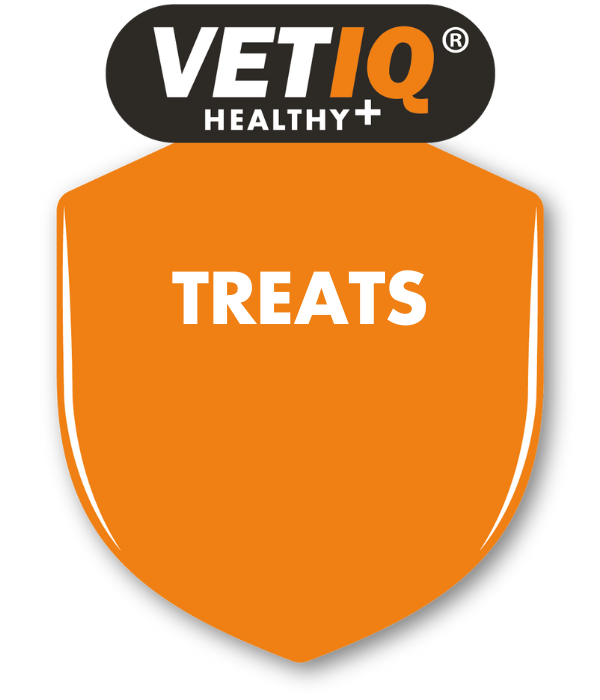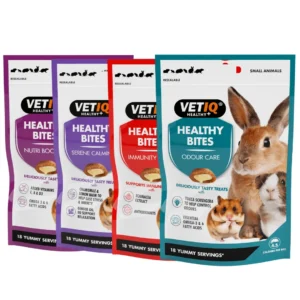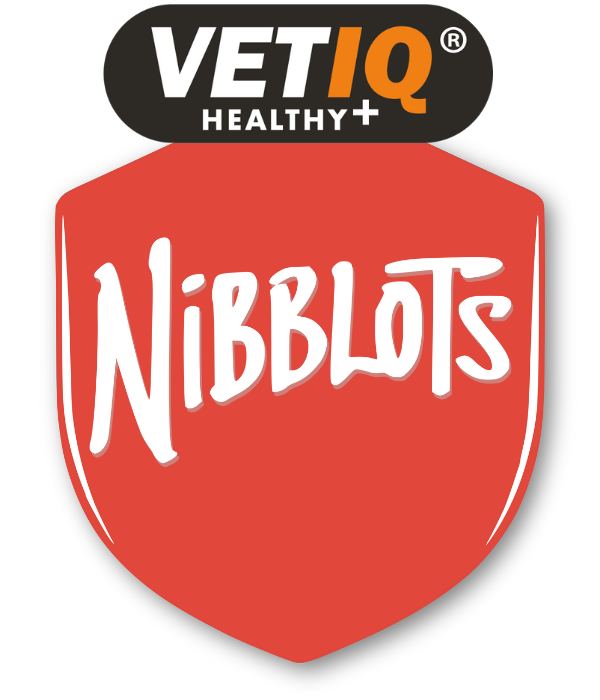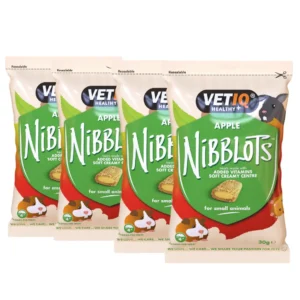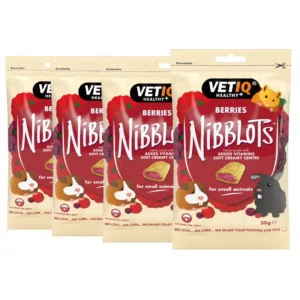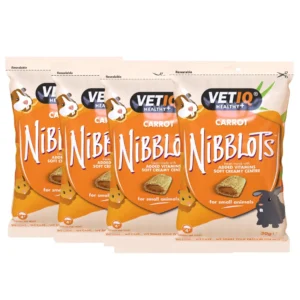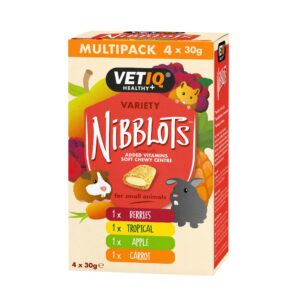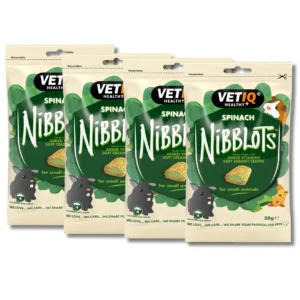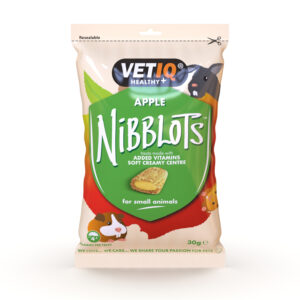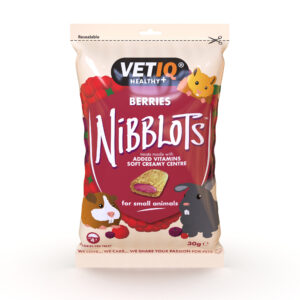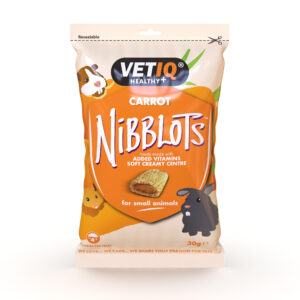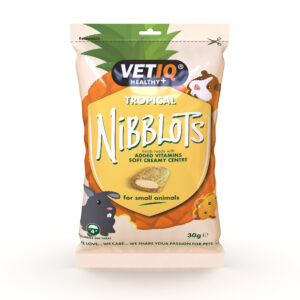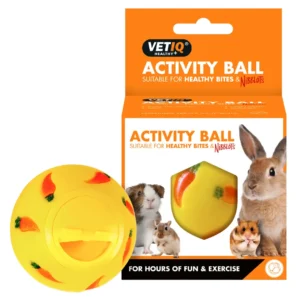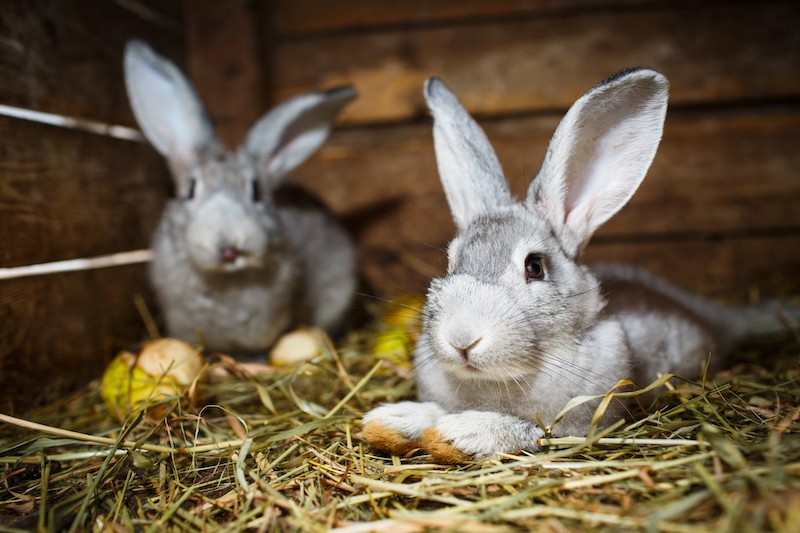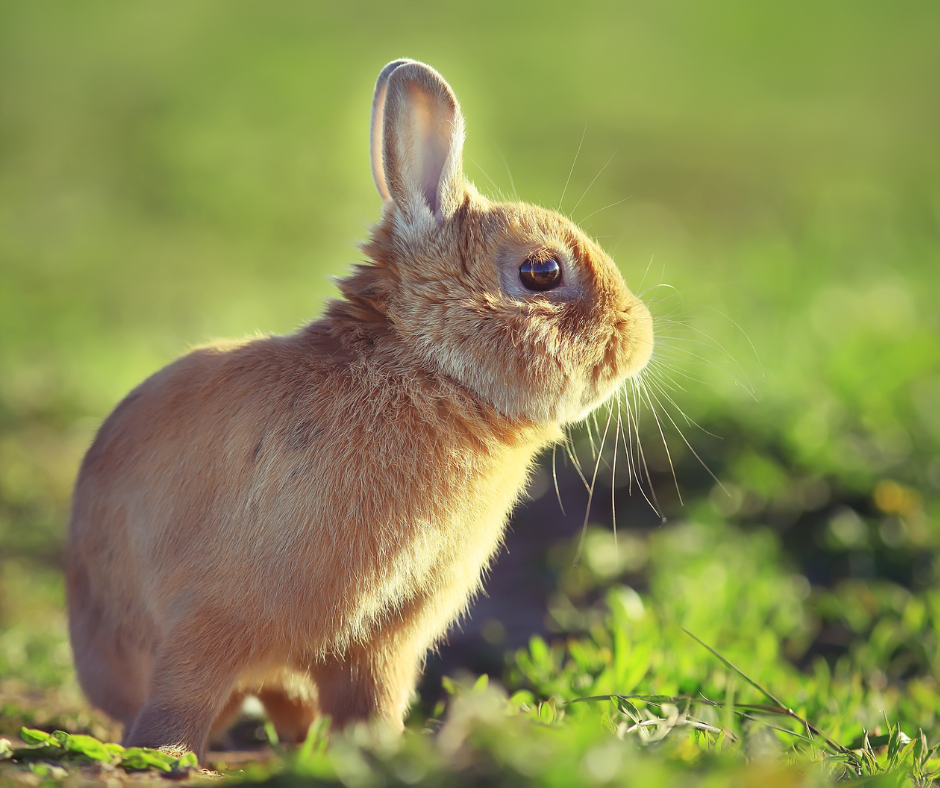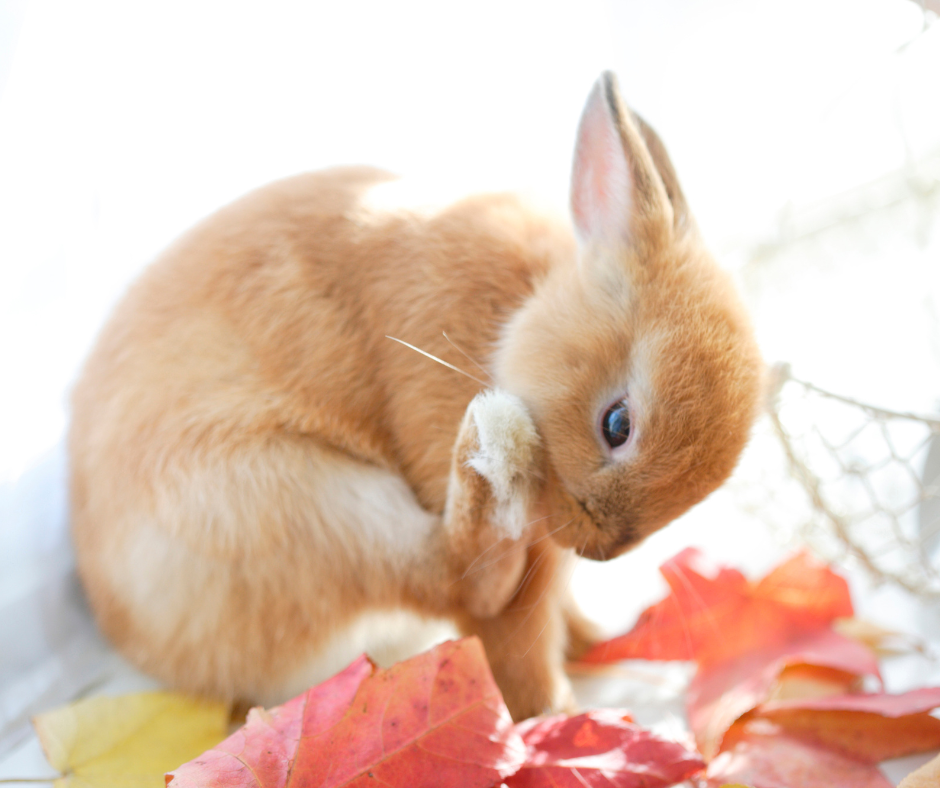Caring for your Small Animals
Here are some great products to help rabbits, hamsters, gerbils and more.
-
Nibblots For Small Animals Apple 30G, Multipack
£6.80 Subscribe & Save up to 20%! -
Nibblots For Small Animals Berries 30G, Multipack
£6.80 Subscribe & Save up to 20%! -
Nibblots For Small Animals Carrot 30G, Multipack
£6.80 Subscribe & Save up to 20%! -
Nibblots For Small Animals Variety Pack, 4 x 30G
£7.50 Subscribe & Save up to 20%! -
Nibblots For Small Animals Spinach 30G, Multipack
£6.80 Subscribe & Save up to 20%! -
Nibblots For Small Animals Apple
-
Nibblots For Small Animals Berries
-
Nibblots For Small Animals Carrot
-
Nibblots For Small Animals Tropical
-
Healthy Bites Activity Ball For Small Animals
£4.00
Tips & Advice
Tips For Keeping Your Rabbit Active, Healthy And Happy
As the maxim states – “a puppy is not just for Christmas” – and the same can be said for rabbits. While these adorable creatures make wonderful...
Enjoying The Summer With Small Animals!
Summer is one of the best times of year to enjoy with your hamster, gerbil, ferret, or rabbit. Plants are in bloom, the sun is warm, and the days...
What To Do About Hairballs In Rabbits!
What should owners do about hairballs in rabbits?! Like cats, rabbits are meticulous groomers and they will naturally ingest more hair...
Frequently Asked Questions
Calming
1. Serene Calming – Is it ok to use on pregnant / lactating cats or dogs?
Serene Calming is safe for pregnant or lactating cats or dogs but may taint the milk when the mother is feeding. Just keep an eye on the kittens or puppies and make sure they are feeding okay.
2. The pack states for intermittent use only. I understood that there would be no side effects with long term use has this now changed?
There are no lasting effects with this products continued use, but from an animal welfare perspective, it is better to give your pet some breaks from the product. It can however be used during prolonged periods where they experience anxiety.
3. Serene Calming how long can the tablets be taken for? However, there is nothing on the packaging to say just how long the tablets can be taken for. Maybe there isn't a time limit but there is nothing to say that either.
Serene Calming can be given long term with no side effects. It is not addictive and you can stop giving it at any time. During stressful events such as during fireworks it is also possible to double the dose for a couple of days.
4. Do Serene Calming Extra tablets have any grain or animal base protein?
There are no animal based proteins or grain based ingredients present in the Serene Calming products.
5. Serene Calming I have been giving my dog Serene Calming but I noticed they are now have started Itching, scratching & chewing their skin.
The Serene Calming tablets are a formulated in a calcium carbonate base and the tablets do not contain any wheat, milk or yeast products. However an allergic reaction can develop in a pet at any time to any ingredient. Perhaps try to vary the time your pet receives the tablet to check / confirm these are the cause of the reaction. It is also worth checking with your vet on how to calm the reaction down.
6. I ordered Serene Calming calming tablets from my local pet store for my 8.5kg dog and they gave me a pack aimed at 20-40kg dogs by mistake (Serene Calming xtra). I gave my dog one tablet before realising it was the wrong pack. I assume it would be OK to still use the tablets by giving my dog half a tablet twice a day?
Comparing the 2 formulations, they are not exactly just double of all ingredients, but halving the Xtra would have the correct dosage of L-tryptophan for smaller pets, which is the main active ingredient. In times of extra stress for the pet, the dosage can be doubled also.
7. Diabetic - question - Please confirm if this product contains sugars, since my cat is diabetic?
Neither the Serene Calming tablets nor the drops have free sugar ingredients like glucose syrup or sucrose present. They should both be suitable for diabetic pets.
8. My dog ate 9 serene tablets yesterday the recommended dose is 4 a day and she had had 2 so instead of 4 she has had 11. Are there any side effects? Do I need to do anything? Sorry I can't define this information on your website or information guide
There is no need to worry about this. Serene Calming has a wide safety margin and some animals have consumed excessive amounts without any ill effects. The active principle is mainly L-tryptophan which is a precursor of the neurotransmitter serotonin. Serotonin is involved in regularising sleep patterns in the brain. If excess is taken then a calm and relaxed state may be noted but this will subside gradually and generally no treatment is required. The best thing to do is to monitor the dog for 24-48 hours and apart from inducing a relaxed state, Serene Calming calming tablets should have no ill effects. The dog should be offered ad-lib water so that this will help to flush his system of the excess. If you are still concerned, then attend your local vet.
Green-Um
1. I was hoping you would be able to offer me some reassurance. I recently purchase some of your green-um lawn burn control tablets 2 x 100 tablet tubs to be precise. Today when I returned from work I found that my 19 month old female Japanese akita Toffee had managed to get the new tub and has eaten approximately 60 tablets. To give you an idea of her size/build she weighs 29kgs. I was hoping you could tell me what the side effects will be and if I need to worry. She is herself, has not been sick etc. and seems to be toileting as normal although it is early days yet.
Thank you for your email and query on our Green-UM product. Please follow the following precautions in response to your consuming a large amount of the Green-UM tablets. Green-Um is generally well tolerated and has a wide safety margin but occasionally problems may develop such as tummy upsets, but this is usually offset by concurrent administration with the diet.
The dog should be allowed free access to water so that it will serve to flush their system. If after 2-5 days the dog is clinically normal then they are probably fine but you should give them 7- 10 days before continuing the green-um tablets so as to let their system settle down.
The dog should be monitored, just in case for any signs of adverse reactions such as diarrhoea, vomiting or in extreme cases any signs of liver, kidney damage and if any occur, then you should take them to your vet and he/she may give some kaolin or charcoal to line the stomach to prevent any more absorption of the product. Your vet may also give drugs that may cause vomiting so excess tablets in the stomach would be expelled but as your dog seems ok this would be unlikely to have to happen in this case.
2. Does fertilising a lawn affect the efficacy of the Green-Um tablets?
Fertilising a lawn with Nitrogen would also contribute to the Green-Um tablets not working and lawn burn increasing or not improving.
Lawn burn is caused by the nitrogen in dog urine. Because dog urine is very high in nitrogen-containing waste products, when the dog urinates, it is similar to pouring a nitrogen-containing fertilizer on the lawn. A little nitrogen is good for the grass, but an excess causes damage. The prevention of lawn burn involves trying to reduce the amount of nitrogen coming into contact with the grass.
Heavily fertilized yards are already receiving near maximum levels of nitrogen. The additional amount of nitrogen in dog urine may be all that is needed to put these lawns over the edge and cause lawn burn.
Reduce the stress on your lawn by not over- or under-fertilizing and by watering frequently.
Successfully treating and preventing lawn burn often requires a multi-step approach which we usually advise:
- Saturate the urinated spots with water – A watering can works well.
- Feed a high quality dog food that does not exceed your pet’s protein requirement. High quality foods also have more digestible protein sources that are more completely utilized by the pet and create less nitrogenous waste in the urine.
- Encouraging your dog to drink more water will help dilute the urine and decrease the risk of lawn burn.
- Train your dog to urinate in a location that is less visible.
- Reduce the stress on your lawn by not over- or under-fertilizing and by watering frequently.
3. The Green Um product pack states to be used with a protein controlled diet, could you provide me with some information about what that means?
Why a dogs diet matters- The dietary composition is important when looking at lawn burn.
If the dogs diet is very rich, or has recently been changed to one that is quite rich, there will be an increased amount of protein in their diet. This protein is then broken down into nitrogenous (Ammonia) compounds during digestion of the food and these cause your pets waste matter to burn the lawn, resulting in lawn burn.
The feeding of plant proteins such as rice, soy, maize together with the use of low ash animal protein such as chicken or liver provides a highly digestible diet and also reduces the amount of ammonia produced.
Chicken also has a high biological value and as such supplies the normal requirements of essential protein without the necessity for a high protein content in the diet.
4. My pet has a pancreatic condition that they are getting steroid treatment for. They also have irritable bowel disease. Can I give them Green um?
The VETIQ Green-UM product has a wide safety margin and contains mainly natural ingredients including the main active ingredients yucca schidigeria and amino acid DL-methionine. It could possibly be used in conjunction with steroids with no negative effects on the pancreas and bowel conditions.
However I would recommend that the customer contact her local veterinarian for advice, as it is difficult to comment without knowing the full medical history of the dogs various conditions.
5. How does Green-Um work?
Green-UM is composed of amino acids and plant extracts. They work in combination to help prevent yellow spots appearing on your lawn.
Yellow spots are caused by highly alkaline urine being excreted from your pet onto the grass which causes it to turn yellow.
The amino acids in the product help to lower the pH of your animal’s urine making it less alkaline; thereby preventing the appearance of those yellow spots. In addition the plant extracts in the product help to prevent excessive ammonia in the urine from burning the lawn.
A dog’s normal pH is around 6.5. Most (95%) dogs whose urine burns the lawn is above pH 6.5 which means it is too alkaline. By feeding Green-UM the dog’s urine pH will come down to the normal level of pH 6.5 and this helps to eliminate the brown spots.
6. What reduces the effectiveness of Green-Um?
**The pH lowering effect is dependant on the animal’s diet. If the protein content of the diet is too high the effectiveness of Green-Um is significantly reduced**
If you give your pet a diet high in protein it will generate high amounts of nitrogenous by-products post digestion which causes high alkaline urine. This will result in the Green-Um tablet having too much work to do to reduce the pH of the urine.
7. How soon before I see no more brown patches?
This is dependant on the amount of work the tablets need to do to bring your animal’s urine into control and if any modifications need to be made to their diet. In general, administration of the tablets for a continuous 7 day period should be sufficient to get the pH of the urine under control.
8. How long can you continue to give Green-Um for?
We recommend that you should give Green-Um during grass growing season only so as to prevent your animal developing a tolerance to the active ingredients in the product. We recommend a one month break after a feeding period of six months.
9. Will Green-Um damage my pet’s kidneys?
No. Green-Um will not damage your pet’s kidneys if used according to our recommendations. Prolonged use can cause kidneys stones with can be a serious problem and this is why caution is advised when using our product.
Stool Repel
1. I have a 11 month old male yellow Labrador his name is Alfie, he has been eating his own faeces for a while now so I decided to try your Stool Repel product, I gave him two tablets yesterday afternoon and since then he has had diarrhoea. Please can you let me know if this has happened to any other dogs that have use your product, I need to know whether it is safe to continue to give him the tablets or not.
The tablets do not normally cause diarrhoea. They do contain an ingredient called Olsoresin capsicum which is a natural component of chilli peppers. Often younger dogs can have sensitive digestive systems as they are still developing so I would suggest not giving the tablets for 2 days until the diarrhoea has ceased and then try giving one tablet in the morning and one tablet in the afternoon and hopefully this should solve the problem.
2. I've been giving Stool Repel tablets to my three dogs in a attempt to stop my 4 month old puppy from eating his own plus the other dogs' faeces and I've now read that these are for puppies over 6 months old so I wondered why? He weighs at least 12.5kg and is a Border Collie.
The tablets contain an ingredient called Olsoresin capsicum which is a natural component of chilli peppers. Often younger dogs can have sensitive digestive systems as they are still developing hence the reason we say over 6 months of age. If the dog is nearly 5 months old and had no reaction like diarrhoea following consumption of the tablets I would recommend giving the tablets following the recommended feeding guide but just to monitor the dog do ensure they don’t cause loose stool. I would suggest splitting the amount of tablets per day over the morning and afternoon.
3. We have tried the Stool Repel product but has not had any results. The dog is only just 6 months and is house trained. The dog will only eat the stool if it has just been done, once it is cold then they are not interested in it. We go outside with the dog and when it does go to the toilet we shake a treat tin to distract it whilst the stool is cleaned away. Can you suggest anything else we can try to break this cycle?
The Stool Repel product is an aid to be used with behaviour training, it is unlikely to break a pets habit without that.
If this is not working so far, it would be sensible to try a diet change. For persistent cases this often helps.
Avoiding wet food totally and feeding dry only, the customer wants to go for highly digestible diets such as Collards, Proplan, Hills Essentials, (Super premium dry food).
These types of food provide a small, stool that does not particularly smell (especially the Collards) and is therefore not particularly attractive to the dog.
As the dog is only going for a fresh stool it is probably the smell that is the attraction. It is also worth her asking her puppy class trainer to help to teach her dog leave.
4: Stool Repel dosage increase - I spoke to a lady this morning who has been giving her 8 kg weight dog 1 tab for two weeks and then increased to 2 tabs per day for the last two weeks She would like to know if it would do the dog any harm to leave the dosage at 2 per day as this seems to work better than 1 per day?
There would be no problem increasing the level of tablets to 2 per day for 2 weeks if the results had previously been unsatisfactory as advised on the Stool Repel tablet pack.
However, I would advise to reduce the level back to 1 tablet per day for a week and see if this works and then if not to increase the level to 2 tablets per day for another 2 weeks.
5: We get a lot of people asking if they can use it on their cat as the dogs are eating cat poo out the litter tray?
Yuk is right! Its not a palatable product for Cats, who are notoriosly fussy about what they eat.
They should sprinkle cayenne pepper on the cat’s poo in the tray, hopefully this should deter the dog from doing it again!
Stool Firm
1: Stool Firm- Is it safe to give to a cat?
The Stool Firm-UM can be administered to cats following the recommended daily amount per weight and warnings given on the packet. The active ingredients Kaolin and pectin are not known to be dangerous to cats. Some Other Stool Firm products contain bismuth salicylate as an ingredient which should not be administered to cats unless directed by your veterinarian. Stool Firm-UM does not contain bismuth salicylate.
2: I have a pregnant bitch that has very bad diarrhoea. Is it safe to give her Stool Firm? I can’t see anything on the packaging that states whether it is safe for pregnant bitches.
The use of stool firm-um in pregnant dogs is ok as the product contains no ingredient that would affect the pregnancy status of the dog. However as the product would have a constipatory effect it may affect the absorption of various minerals/vitamins or any medication that may be given with the food. If medications were required with the food then stool firm should be administered at different times.
3: Why can I not give this product as a continuous preventative treatment?
There are 2 main reasons for this:
- It may act as a constipatory agent for the pet
- Can pre-dispose some dogs to urinary calculi
4: Customer query on whether they can give this product to their dog while they have Cushings disease and are on medication for this.
We have investigated this medication. There appears to be no contraindications to stool firm use, but we recommend they talk to their vet also to confirm this.
Treats
1: My pet has eaten whole packet of Teething Treats – anything to worry about?
Nothing to worry about. Make sure the dog has plenty of water. They might get some loose stool other than that there should not be any adverse reactions.
2. I have purchased the Urinary Tract Care treats for my kitty, and although the front of the pack and your web site says it contains cranberry, I do not see cranberry listed anywhere else on the box, including nowhere on the ingredients information.
Cranberry is listed as vaccinium macrocarpon which is the latin word for cranberry fruit. We have updated our packaging recently and you can see all the information in the attached product information sheet. So I can confirm that the product contains cranberry!
3: We have a customer who would like to know the minimum age a rabbit should be before feeding VetIQ Nibblots?
We recommend around 10 weeks of age and following weaning.
Flea Guard
1: We have a customer who would like to know the amount of garlic in the VetIQ Flea Guard tablets. Would you be able to help with this at all, it does not state the amount on the packaging.
Garlic is toxic in Cats at a level of 5g/kg of body weight. While our Flea Guard tablets do contain Garlic, it is present at roughly 100 times less than this value in the dose given. Therefore, the product is safe for your Cat.
2. Fleaguard Powder - What is the pack duration/ scoop size?
Feeding guide on label states pack duration per pet size. Older packs include a scoop, which is approx 1g. Our new label has teaspoon quantities rather than scoops to make it easier and t0 reduce plactic waste.
Hairball Paste
1: I purchased the hairball paste quite a while ago and opened it. But I then didn't use it for about 18 months. Is it still safe to use?
Generally we recommend to use within 12 months of opening as we cannot guarantee the quality of our pastes after this period once open due to unknown storage conditions during this time.
2. I opened the tube but the paste is very thick and its hard to squeeze out of the tube. How can I use it?
The paste should be possible to squeeze out, but the thickness can vary a little from batch to batch, and will also thicken if stored in cooler temperatures. The tube can be popped (closed) into a glass of warm water for a short period, massage the tube, and it should leave it easier to squeeze out for your pets enjoyment.
3. Are there any grains or rice in the Hairball paste?
Malt extract is a major component of this product, which is derived from barley.
Urinary Care
1: I have a query on whether the Urinary care paste product has any contra-indications with pets on a dietary kidney feed product?
We have researched this and checked typical complete feeds for kidney.
There may be contra-indications, so we advise a consult with the vet in this instance.
2: I want to know how old must my kitten be to use this product?
Once the cat is taking solid food, approx 12 weeks they can start use of the Urinary care paste.
3: Can you please help me with this question? A customer wants to know if he can use our Urinary Paste on a cat with renal insufficiency?
I’ve completed a bit of research on this. It really depends on the nature of the pets specific issues, as renal insufficiency in cats can occur for a number of reasons.
The paste would be suitable if there are issues with urine acidification, but if there is an issue with oxalate stones, then it would not be recommended to use this paste.
I really would recommend you consult their vet in this specific instance.
4. Can you tell me if the malt extract is the only cereal in our Urinary paste or does it contain more cereals? Do we have proteins in the formulation?
Cereals:
The Malt extract is an extract of barley, so it’s a cereal derivative. The only other material used which has a cereal content is the cranberry extract. This powder is on a maltodextrin carrier, which has a non-GMO corn source.
Protein:
No there is no added protein as such, but the DL Methionine is an amino acid. Amino acids are the “building blocks” of all proteins.
Nutri-Vit
1: Is Nutri Vit suitable for Pregnant dogs?
There should be no problems giving the Nutri Vit paste to the dog either during pregnancy or lactation.
I’d recommend giving the product along with her main meals following the recommended daily amount given on the pack which is based on the body weight of the dog. As always if unsure sure it is best to ask the vet for further advice and to monitor the dog especially if they are off their food. If there are any signs of vomiting or diarrhoea contact the vets also.
2: Does VETIQ nutrivit and mineral paste contain any ingredient not suitable for a diabetic cat (like carb, sugar etc)?
The Nutrivit product has malt paste as part of their base.
This is a high carbohydrate (sugar) content ingredient, so its not suitable for a diabetic cat on that account.

